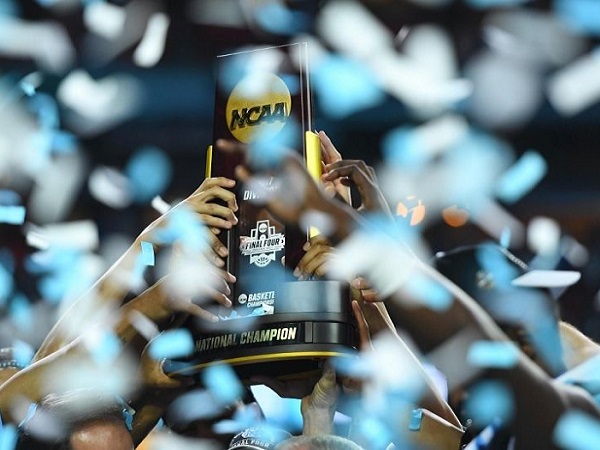The world is in a time where controlling content and distribution is essential to success and having your message heard. Social media is one avenue and is used by many to get messages out and to communicate with family, friends, fans, and followers. Websites arrived before social media and communication applications. Before social media, people wrote these things called letters, in newspapers, met in person, and made public speeches. Some of those things still occur today, however platforms controlled by the speaker (the communicator) are much more preferred. Why?
Previously this author wrote about cutting out the middleman in the entertainment, media, and sports industries. As a result, there has been a renewed want of controlled platforms for sports franchises, specifically over-the-top streaming options. With Hollywood looking for leadership and practicality in terms of getting back to production and business in general, owning the ways and means to reach customers has become more popular. Waiting on someone or something to get business done, provide a service or product, reach an agreement, or reach consumers with your message or content is frustrating. Therefore, businesses and people in general have taken the route to use ideas and platforms to reach an audience, directly. Here are three reasons why.
1. Long-term cost
For sports teams and entertainment studios, the up-front cost of creating a platform is expensive. The technology cost alone is in the millions of dollars. However, long-term, owning and controlling the platform makes more sense to collect customer data, getting to know the customer, and removing costly negotiations down the road with outside broadcasters and the like. On the social media side, communication is direct and free, but it is also limited in terms of control by the overarching tech company that owns the platform. Businesses however do pay fees for advertising and boosting posts, while receiving the direct to consumer (user) benefit.
2. Direct to consumer
Speaking of direct to consumer, the process removes the middleman or entity that must be consulted to get something done. Of course, the problem with direct to consumer is having the requisite subscribers. Specifically, subscribers that pay and/or view advertisements to pay for the content they are consuming. In order to reach consumers, this is why many studios utilize streaming platforms owned and controlled by other companies who have the existing customers. Having the ability to control cost with access to consumers is the ideal situation for businesses.
3. Control
Control can become a scary thing when in the hands of too few. Getting your message and content out can be a very powerful and beautiful thing. There is indeed a balance. Lose some control for reaching more customers. Gain more control, but lose access to customers. The system is not perfect, but with advancing ideas and technology both are possible.























